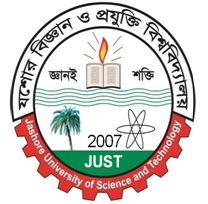Methane emissions flux from the different woody components of Sundarbans Mangrove Forest
Starts From: 01 July, 2019
End Date: 30 June, 2022
Funding authority: Ministry of Education, GoB
Grant: 1400000 BDT
Methane (CH4) is a potent greenhouse gas and exerts large effects on the global climate. The global atmospheric CH4 mixing ratio has increased from 722 ppbv in the year 1,750 to 1,840 ppbv in 2016. This large increase is probably related to a surge in CH4 emissions from wetlands that contribute approximately 20–39% of the annual global atmospheric CH4 budget. Recent reports have shown that polluted mangroves may emit substantial amounts of methane. The plant-mediated transport represented between 30% and almost 100% of the total methane flux. Current study will investigate CH4 emissions flux from different plants of Sundarbans Mangrove forests. Particularly the project will try to find out answers of how CH4 emission varied between species, CWD, stems and twigs in Sundarbans Mangrove forest? And find out the key environmental factors that control CH4 emission from Sundarbans Mangrove forest.


